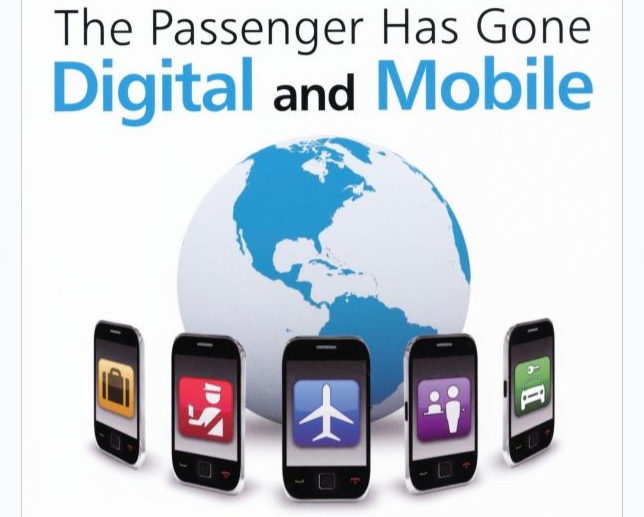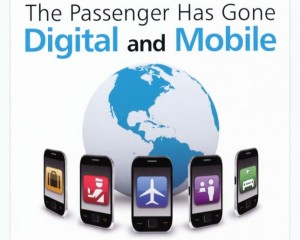Havayolu 101 Literatür departmanı tarafından, sektörün akademisyen gurularından Nawal Taneja’ya ait “The Passenger Has Gone Digital and Mobile” adlı kitap hakkında hazırlanan inceleme, Hollanda merkezli Aerlines Magazin adlı web sitesinde yayımlanmıştı.
268 sayfalık kitap, 2011 yılında okuyucularla buluşmuştu.
(ISBN-13: 978-1-4094-3502-0)
Kitap notları bölümümüz bu defa İngilizce olarak karşınızda.
The Passenger Has Gone Digital and Mobile
The internet revolution in mid 1990s has made the customer “king”. But actually this claim has not been realized as effectively as in the recent years as mobile technologies gathered pace along with social media applications.
The aviation guru Nawal Taneja successfully explains this phenomenon in his book, which is the 7th of a series began in 2002.
He emphasizes the changing relation between companies and their customers as new technologies enable them to rule the market.
The Passenger Has Gone Digital and Mobile may be the most up-to-date book about airline industry and new technologies surrounding it currently.
The book contains a very useful set of examples of new generation technologies. Topics are explained by giving very recent examples such as the new economy seat concept of Air New Zealand or the Facebook application of Malaysian Airways.
The book opens up with a foreword part of 50 pages that consist of 12 different contributors leading in aviation industry, from Qatar Airways CEO Akbar Al Baker to the SITA CEO Francesco Violante.
In the first chapter, the author mentions opportunities given by “game changing” technologies which can be achieved by creating information-driven and technology-enabled solutions for passengers. Beside that he also emphasized difficulties of managing such technology-intensive, complex projects. If successful, those projects can give a chance to airline management teams to transform their business models. In general, those chances are supported by three pillars; global megatrends and airline industry foresights, passenger insights and their unarticulated needs and new generation consumer technologies and capabilities.
The second chapter deals with the current state of five interrelated areas of Internet technology:
(i) customized search engines,
(ii) mobile applications and smartphone capabilities,
(iii) context aware and location based mobile applications,
(iv) social media and user generated content, and
(v) intelligent virtual assistants.
In the next chapter, the author describes the application of these technologies in the aviation industry. Here Taneja highlights the terms “holistic view” and “holistic approach” which he then uses repeatedly throughout the book. He describes the holistic view of a traveler as a chain beginning with the planning phase and ending with the post flight interaction. We believe that those two terms are very critical and important deciding points in terms of the catching success of a newly launched project in any company.
The fourth chapter is the one where some clues and insights are given about developing potential technology enabled initiatives during the 2010s. The author claims that the most successful initiatives have a passenger centric approach and also use passenger engagement during the development process. Passenger engagement is defined in four interrelated components which are;
(i) passenger relationship management,
(ii) passenger segmentation,
(iii) flawless passenger experience and,
(iv) passenger loyalty.
In the fifth chapter, the difficulties of implementing new enabling technologies are explicated. The author defines six major curbs and their interrelations. Detailed information is given about issues like inadequate business intelligence, a lack of actionable metrics, overlooked integration opportunities, lack of technology strategy and investment plan, inadequate knowledge of social technology and media capability and non-alignment of business and enabling technologies.
The next chapter gives solutions for the problems described in chapter 5.
Again the holistic approach is accentuated and the suggestions are supported with real world examples from other industries.
The book closes (seventh chapter) with the advice of Nawal Taneja towards airline managers. In his words, “Airline CEOs must continue to innovate their business models with much more focus on opportunities and challenges at the edges of the business and the market”.
Finally, the appendix of the book contains a case study about transfer passengers missing their connecting flights.
This appendis is very enlightening in terms of showing what new technologies could offer companies for being customer centric.


